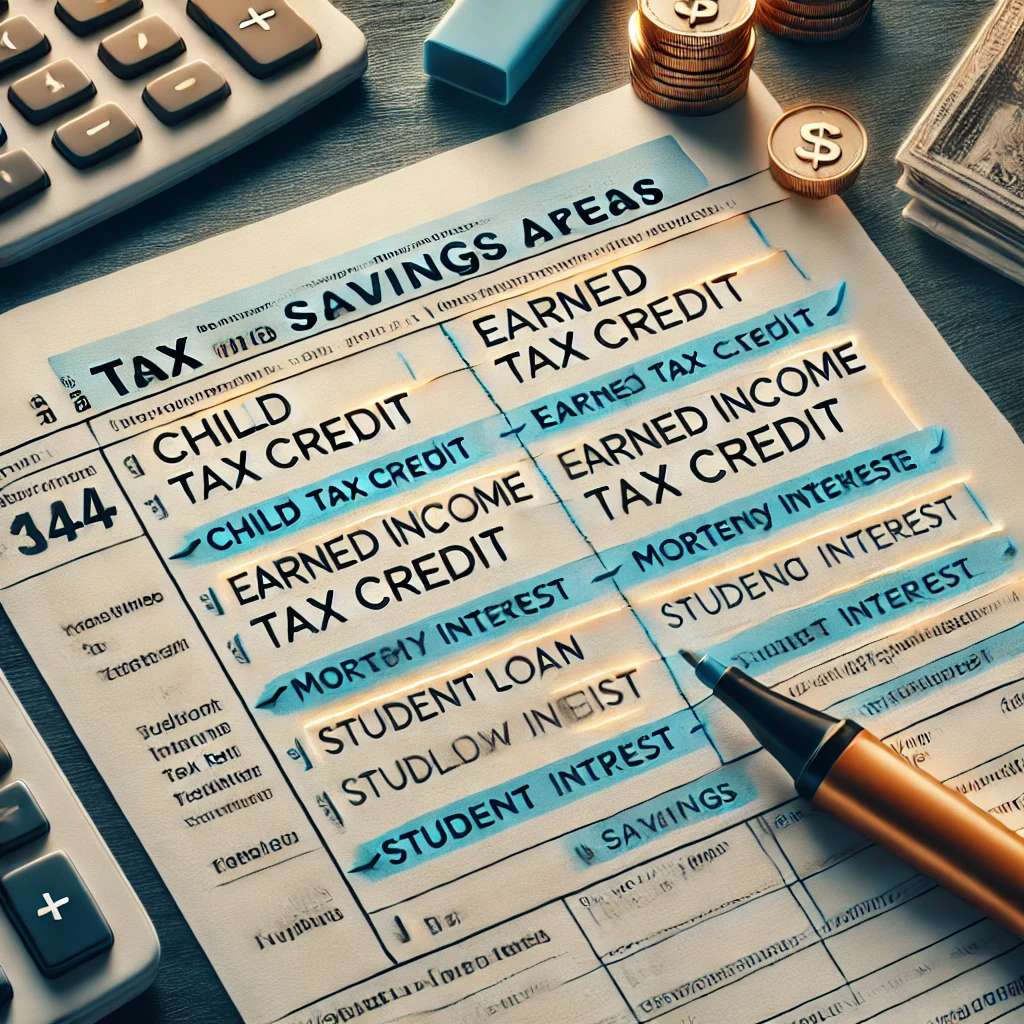
Welcome, familia! You did it. You successfully navigated the complexities of filing your taxes, a major step in managing your money and taking control of your financial future here in the U.S.
But the finish line isn’t the “Submit” button: it’s when that potential refund lands safely in your account or when you’ve established a plan to make next year even smoother. For young Latinos in the U.S., managing taxes effectively is crucial. We are the fastest-growing demographic of small business owners and a huge part of the American workforce, meaning we have a lot on the line. The U.S. Latino economy reached $4 trillion in 2023, which would rank as the fifth-largest economy in the world if measured independently, surpassing major nations like the U.K. and France (Latino Donor Collaborative – “The 2024 Official LDC U.S. Latino GDP Report™”). Knowing how to manage our post-filing steps is essential to protecting and growing that personal contribution.
Here is your guide to tracking your refund, fixing any errors, and building a stress-free tax season for the future.
Step 1: Track That Refund Like a Pro
If you are expecting a refund, you want it fast and safe. Here in the U.S., the federal government provides simple tools to monitor the status of your return.
- IRS Official Tracking Tool: The primary tool provided by the federal agency allows you to check your status 24 hours after e-filing or four weeks after mailing a paper return. You will need three pieces of information to access your status: Your Social Security Number (SSN) or Individual Taxpayer Identification Number (ITIN), your Filing Status (Single, Married Filing Jointly, etc.), and the Exact Refund Amount you claimed on your return.
- E-File Speeds Things Up: Most refunds from e-filed returns with direct deposit are issued in under 21 days. Paper returns, on the other hand, can take weeks longer, which is why e-filing is our strongest recommendation.
- Direct Deposit is King: Opting for a direct deposit into your bank account is always the faster and more secure option. It eliminates the risk of a paper check getting lost or stolen in the mail.
What if Your Refund is Delayed? If the 21-day mark passes, it’s typically because the agency needs more time to review details like the Earned Income Tax Credit (EITC) or the Additional Child Tax Credit. If you filed before the tax deadline, avoid calling the agency unless the tracking tool directs you to. Their phone lines are often busy.
Step 2: When Mistakes Happen, Fix Them Fast
Nobody is perfect, and we sometimes miss a piece of income or an important deduction. If you realize you made an error on your filed return, you have an opportunity to correct it.
- Introducing Form 1040-X: This is the form you use to formally amend, or correct, a federal tax return you’ve already filed. Do not file a second original return; use this specific form.
- Common Fixable Errors: Forgetting to claim a credit you qualified for, miscalculating your total income, or using the wrong filing status are all fixable mistakes.
- Timing Your Correction: The agency generally recommends waiting until your original return has been processed before you submit the Form 1040-X. Once the original is processed, you can determine if you need to pay more or if you are due an additional refund.
Remember: Act quickly to correct errors. Correcting an underpayment can prevent the accrual of interest and potential penalties.
Step 3: Setting Up Next Year for Success
The best defense against a stressful tax season is year-round planning. Take a moment now to set yourself up for victory next year.
- Optimize Your Withholdings (Form W-4): If you received a massive refund this year, it means you gave the government an interest-free loan all year. If you owed a large amount, you may have faced a surprise payment. Use the agency’s official online tool to check your financial situation and update your Form W-4 with your employer. Adjusting this form dictates how much tax is withheld from your paycheck. The goal is to get your withholdings as close as possible to your actual tax liability.
- Get Organized Year-Round: Don’t wait until January to start collecting documents. Create a simple digital or physical folder today for anything tax-related: pay stubs, receipts for qualified deductions, investment statements, and more. This simple act saves hours of stress and can prevent you from missing out on important credits.
- Document Major Life Changes: Did you get married, start a side gig, change jobs, or become a homeowner? These events have a massive impact on your taxes. Keep a note of the dates and documentation for these changes so you can accurately report them next year.
Our Community and Withholding: For many young U.S. Latinos, our income can fluctuate more as we navigate a new career, side hustles, or self-employment. Getting the W-4 correct is a strategic move, ensuring we maximize the cash flow now instead of waiting for a year-end refund.
👉 Ask Gabi anything, anytime.
Stay tuned! We got you!
Disclaimer:
The information provided is for educational purposes only and does not constitute financial, investment, or tax advice. Please consult a qualified professional for personalized guidance on your specific situation.







